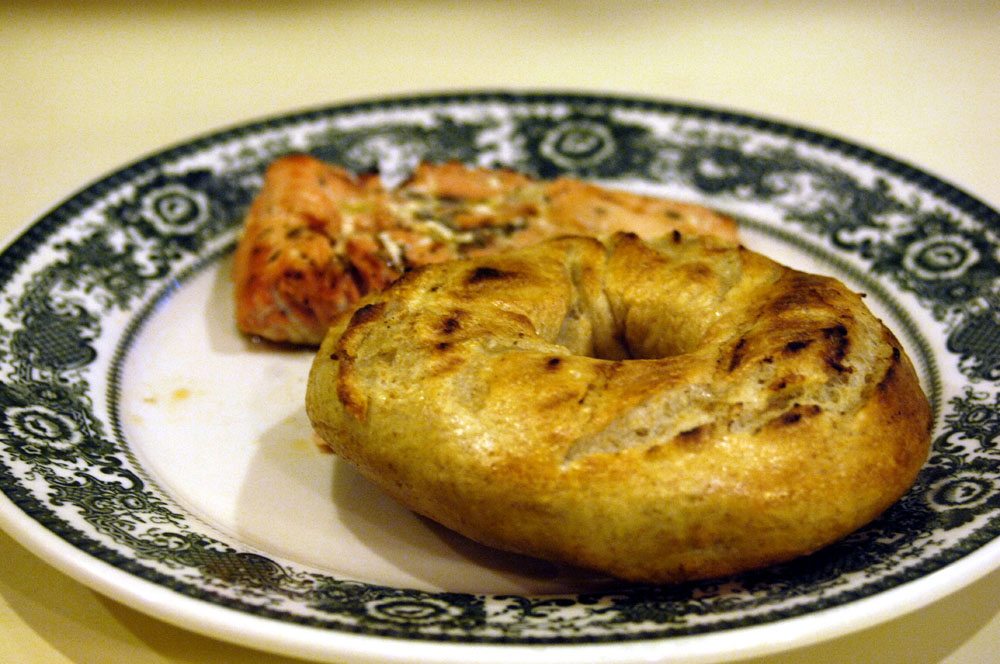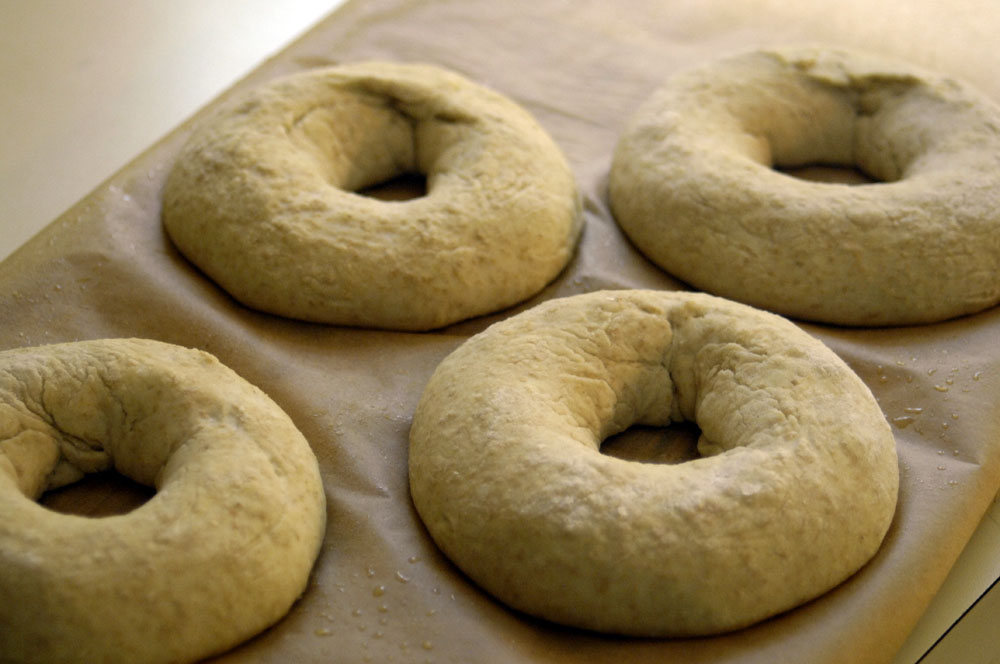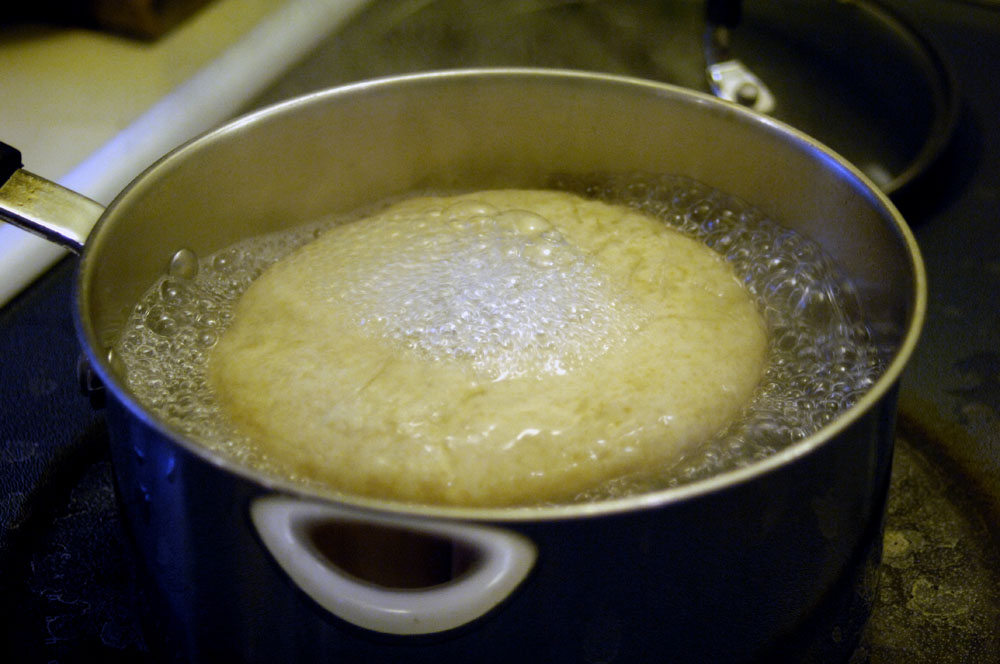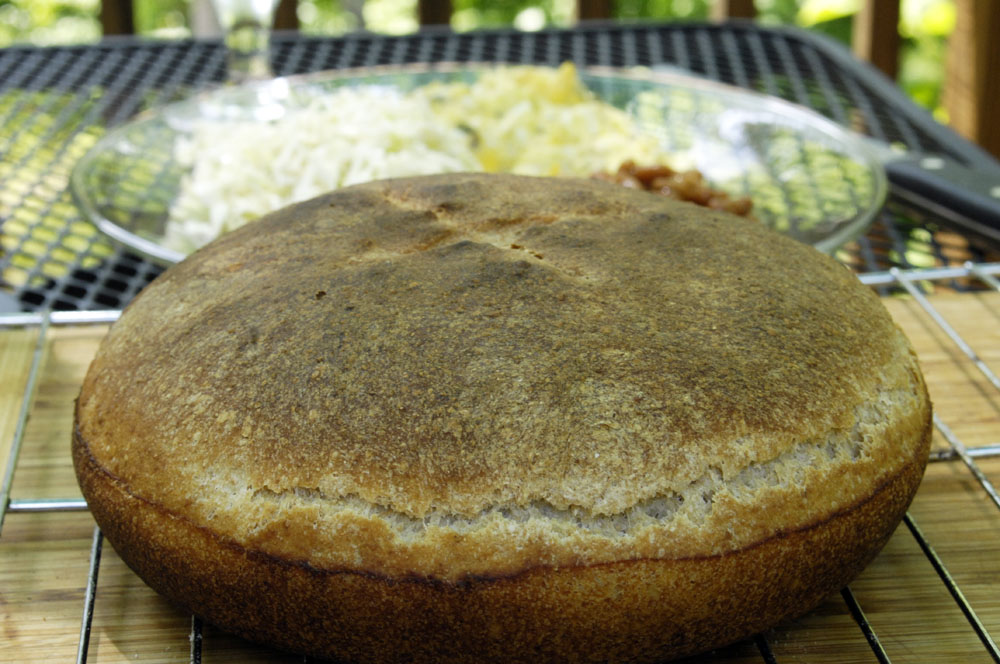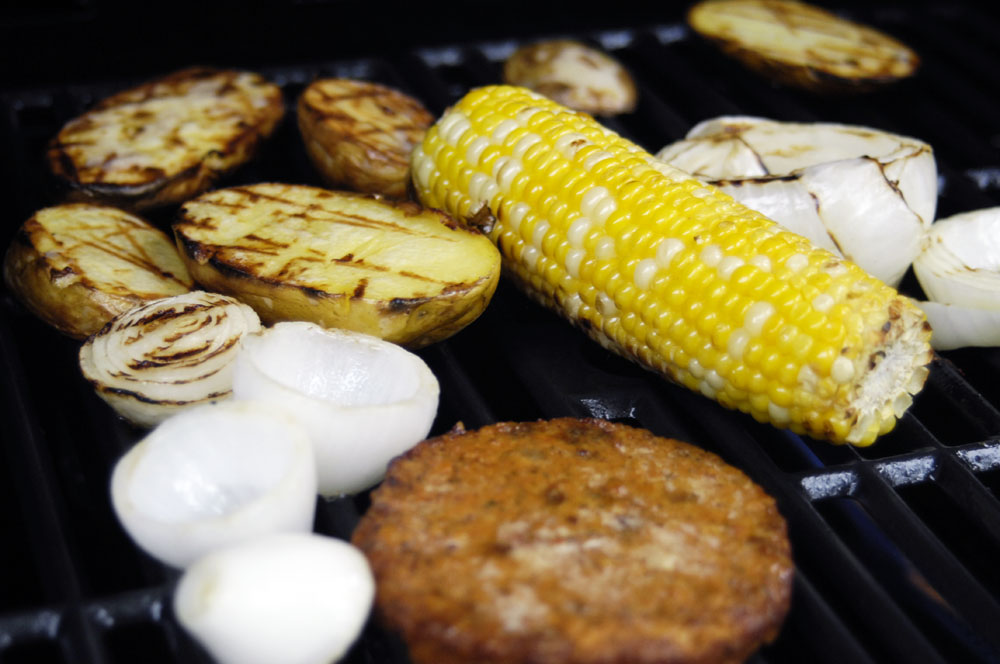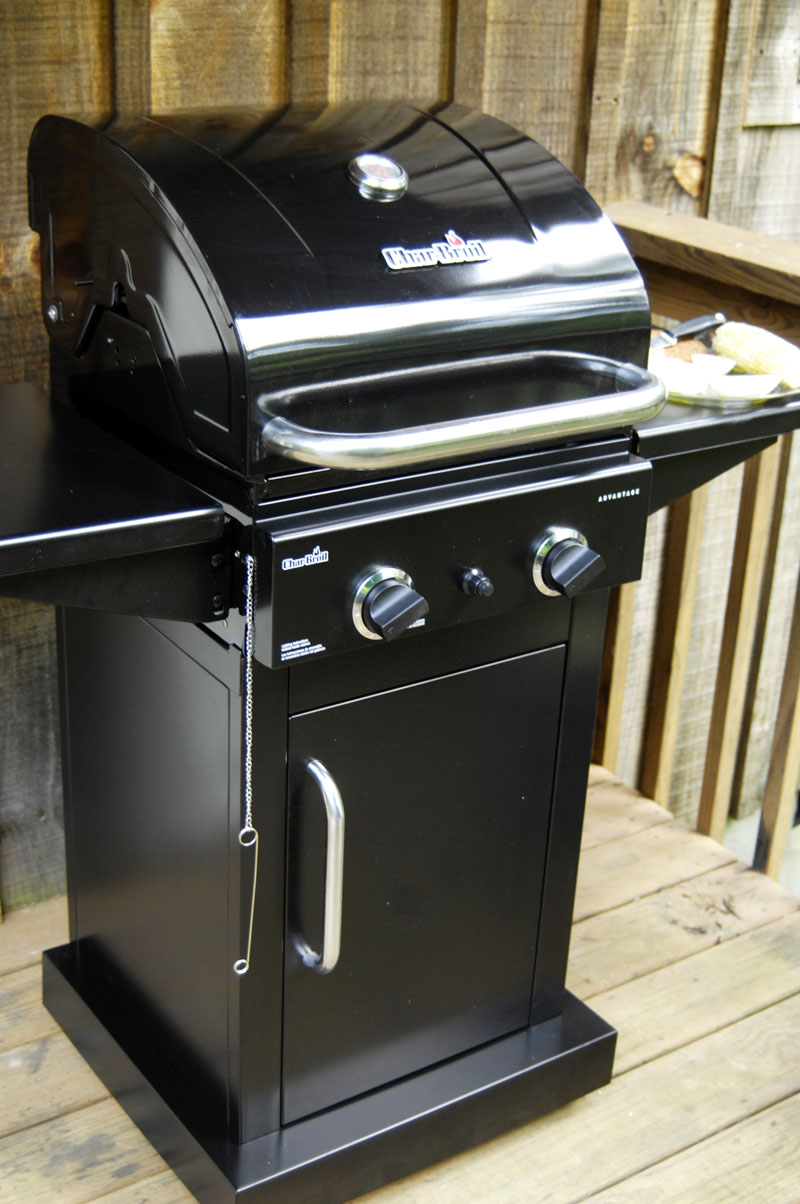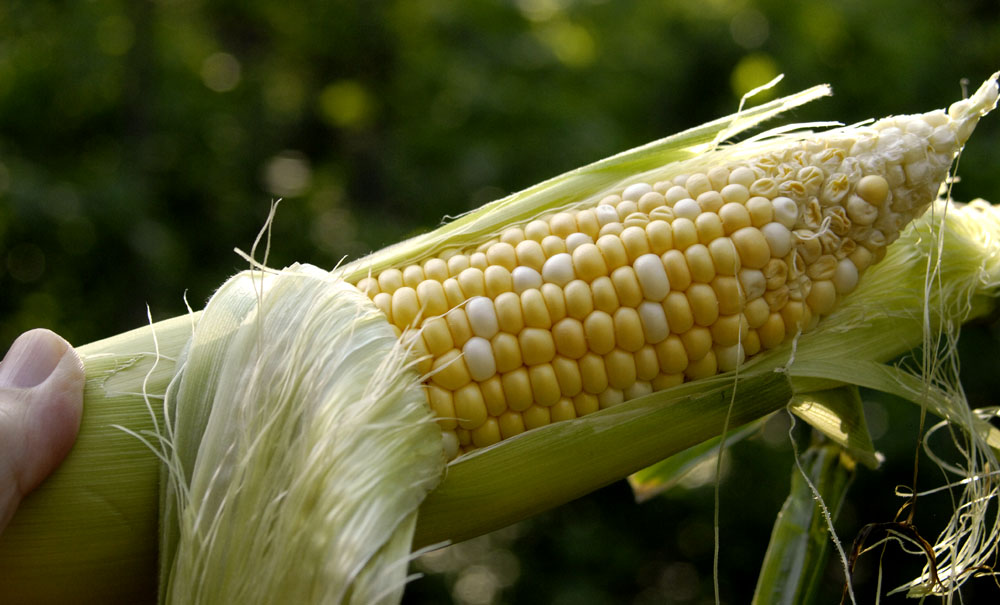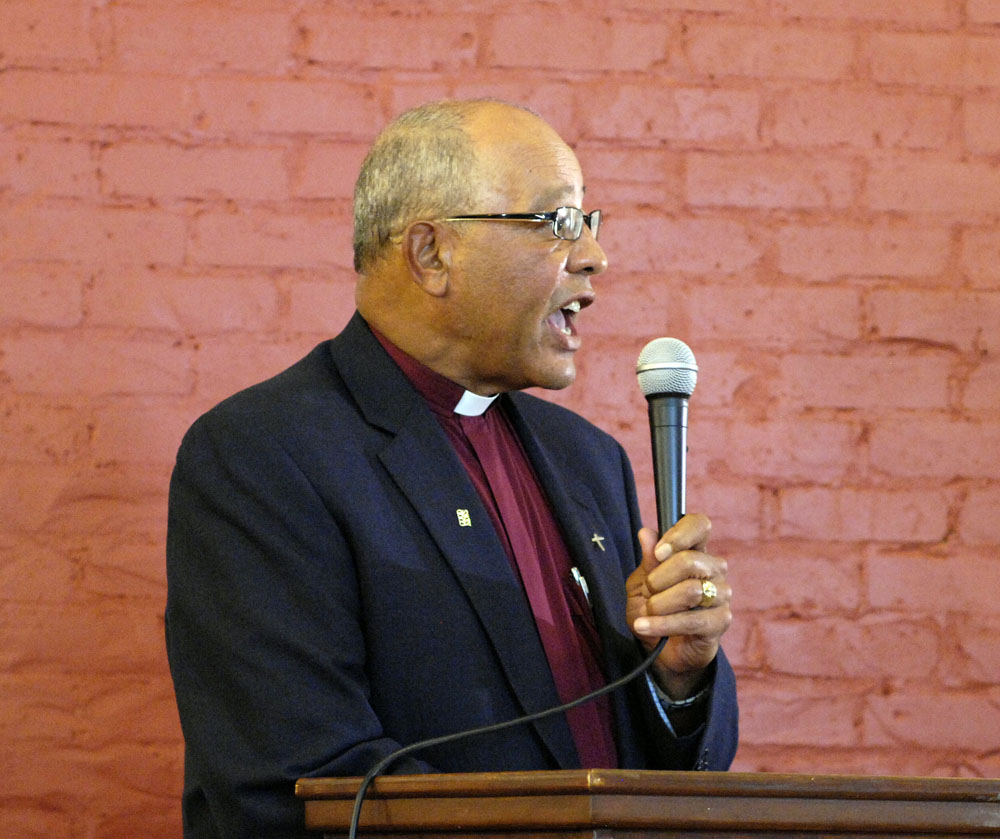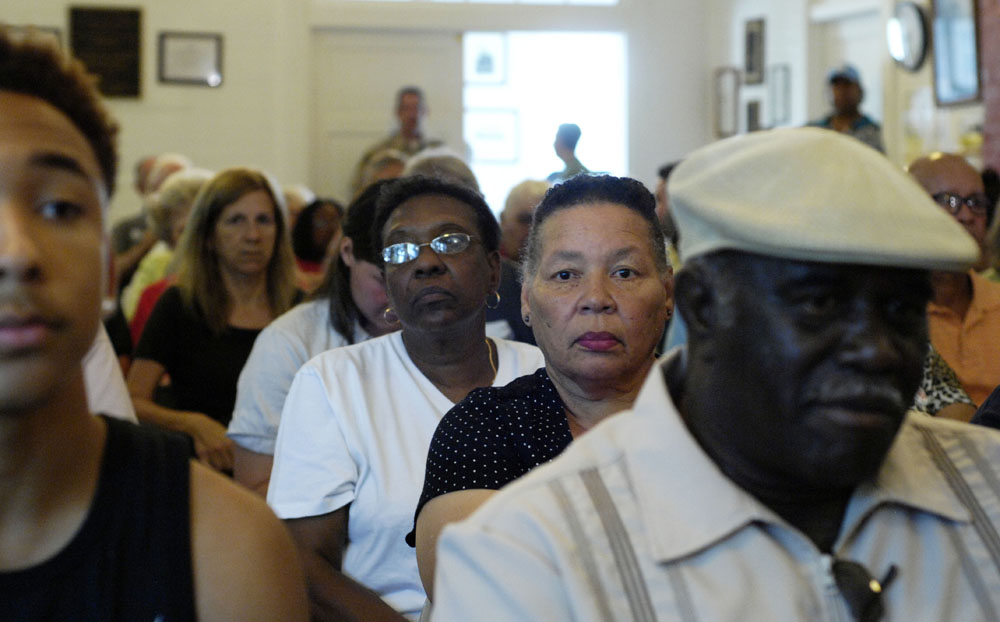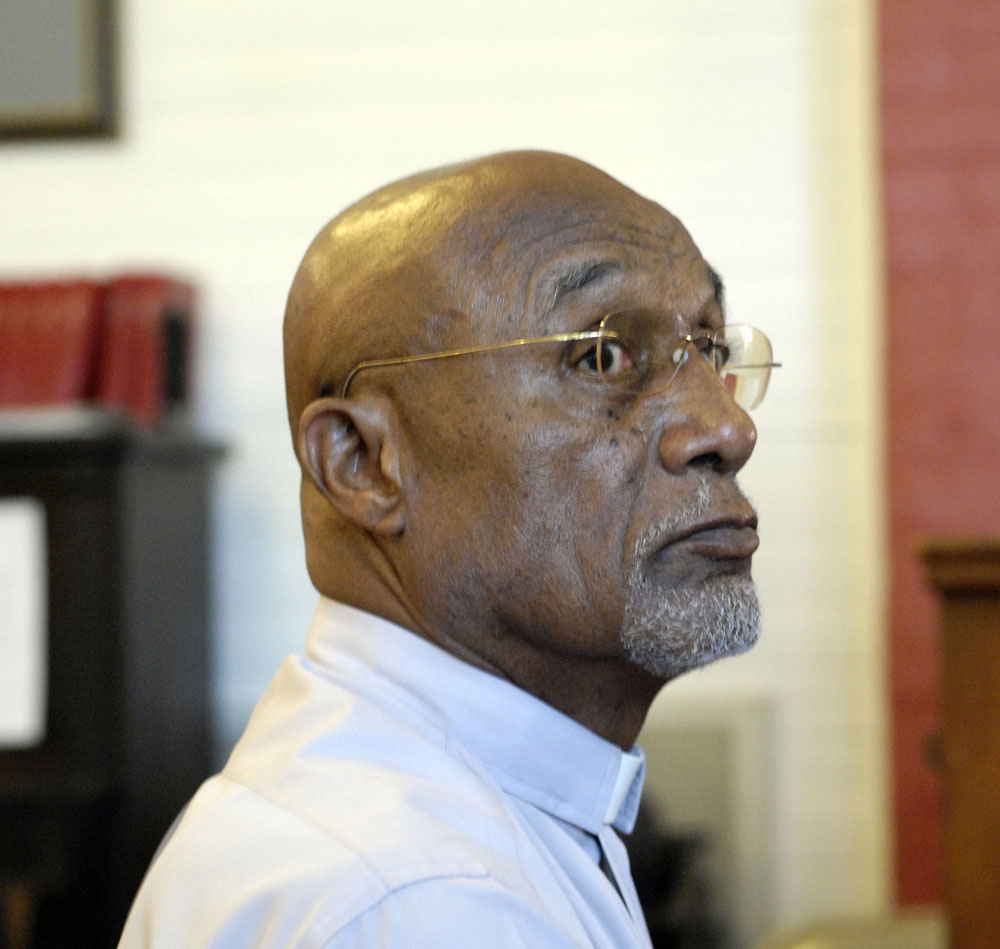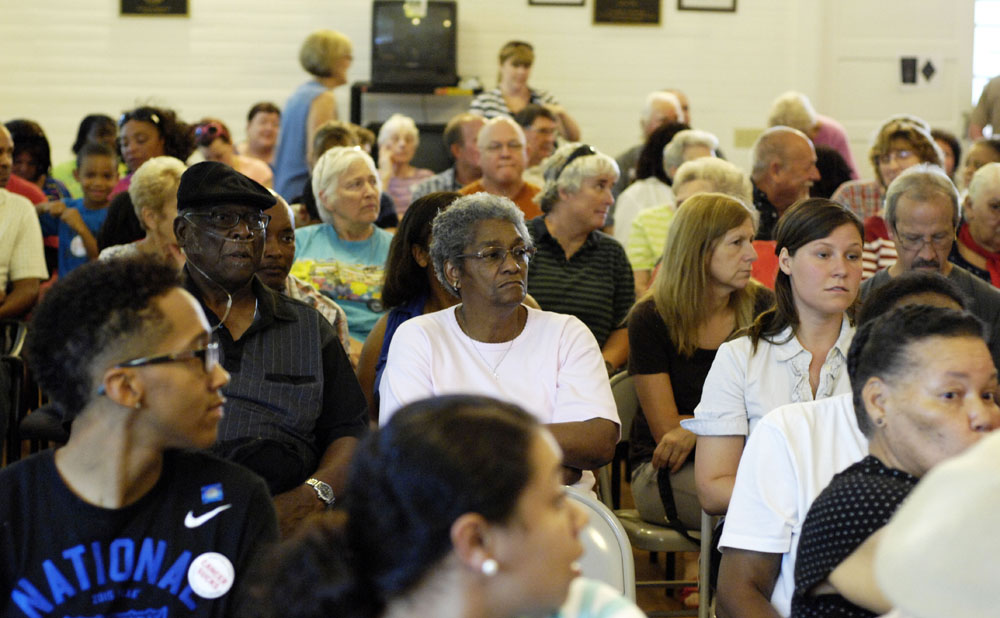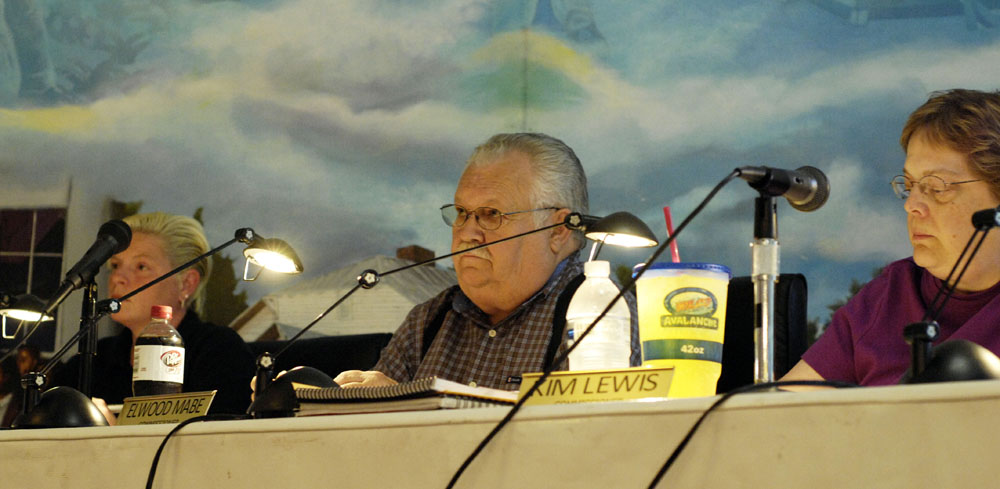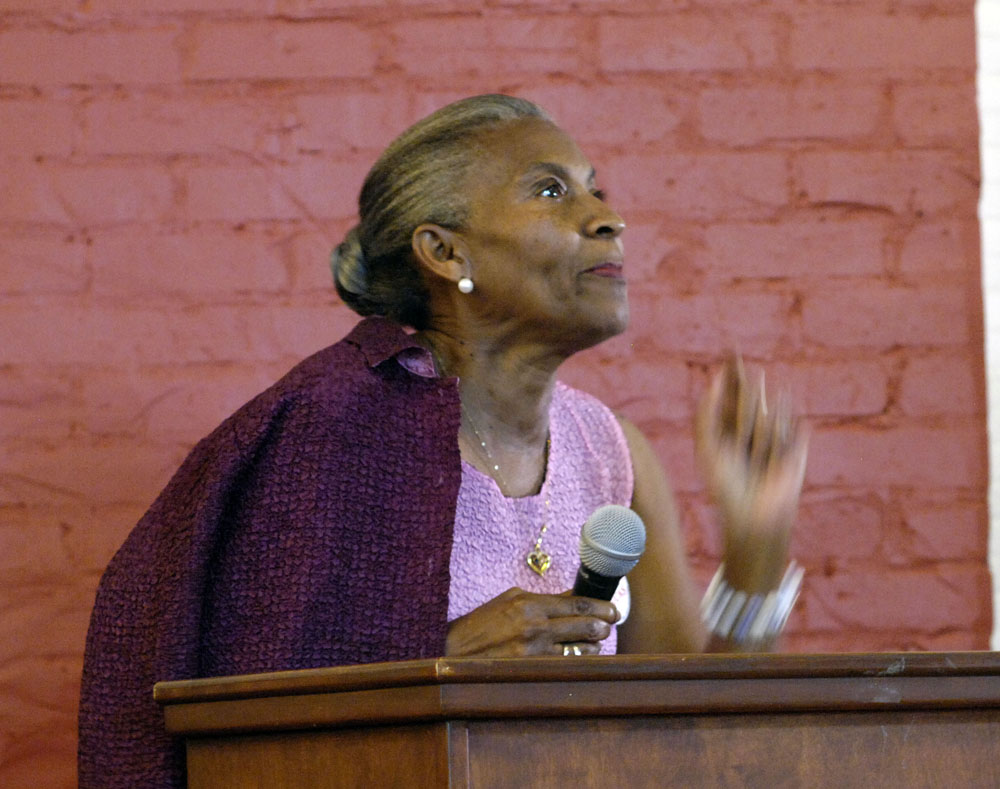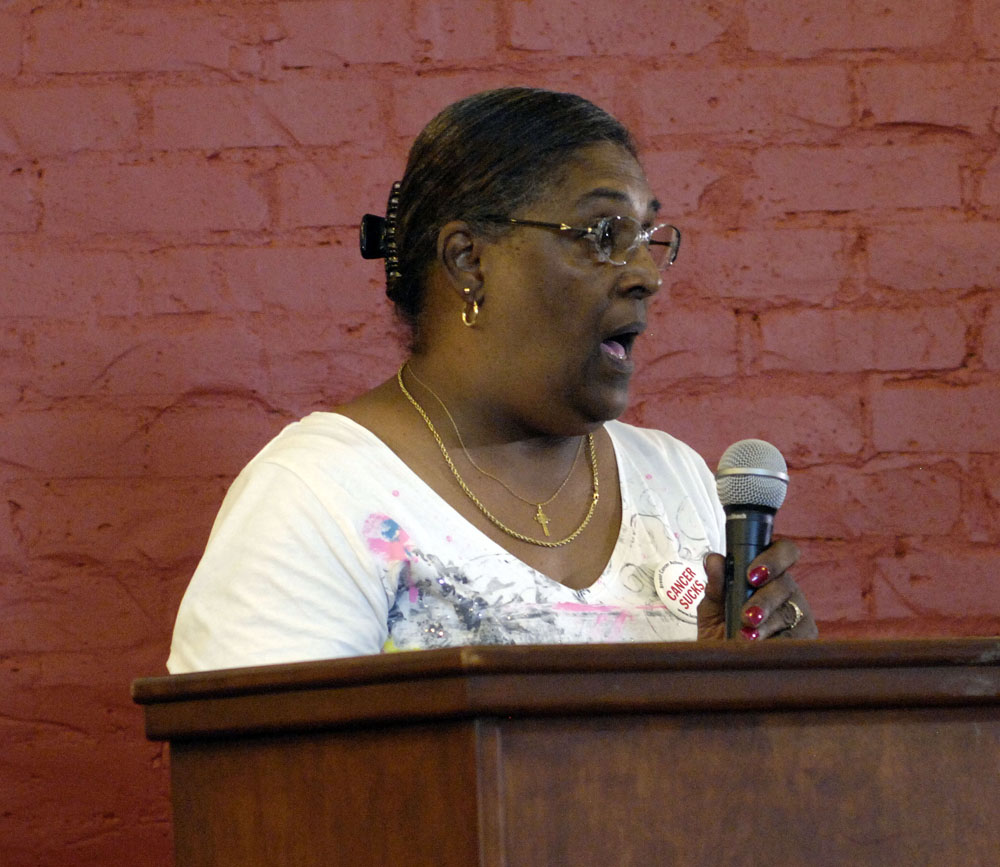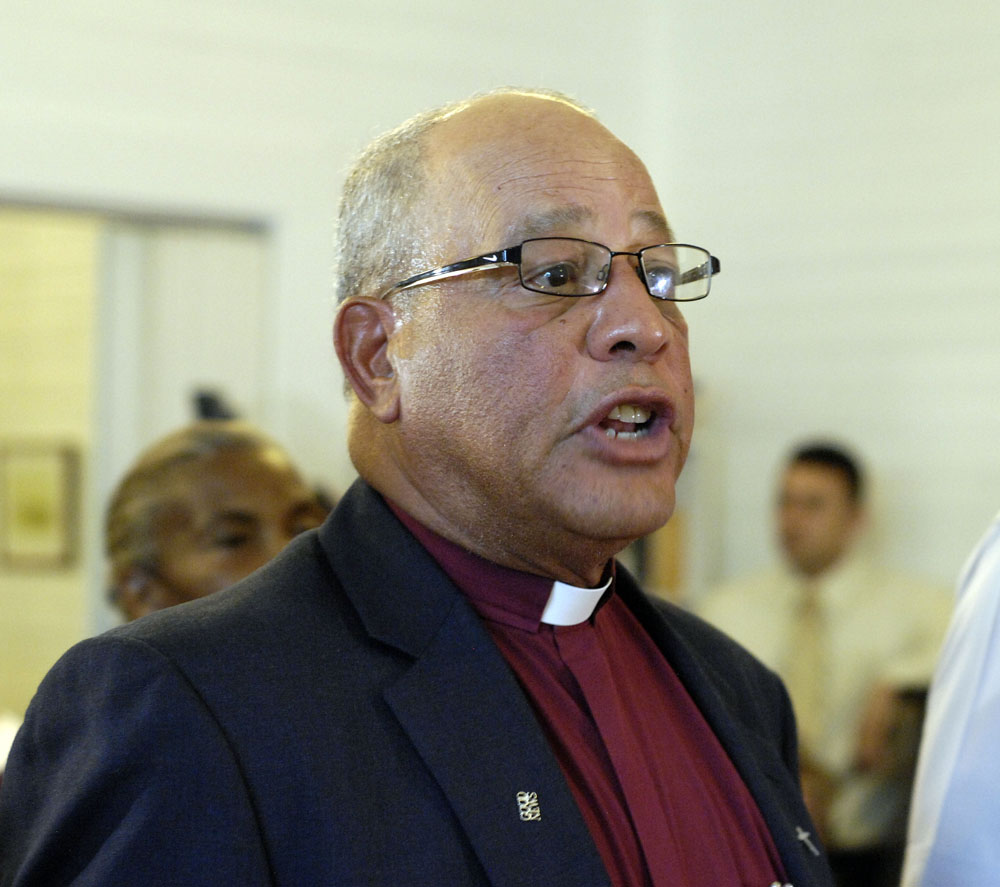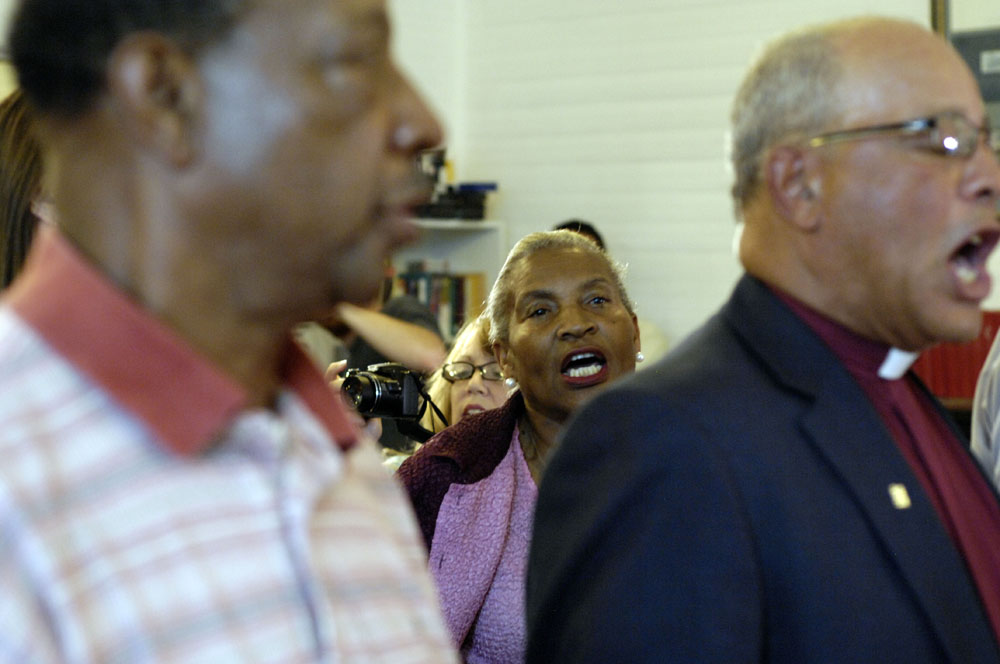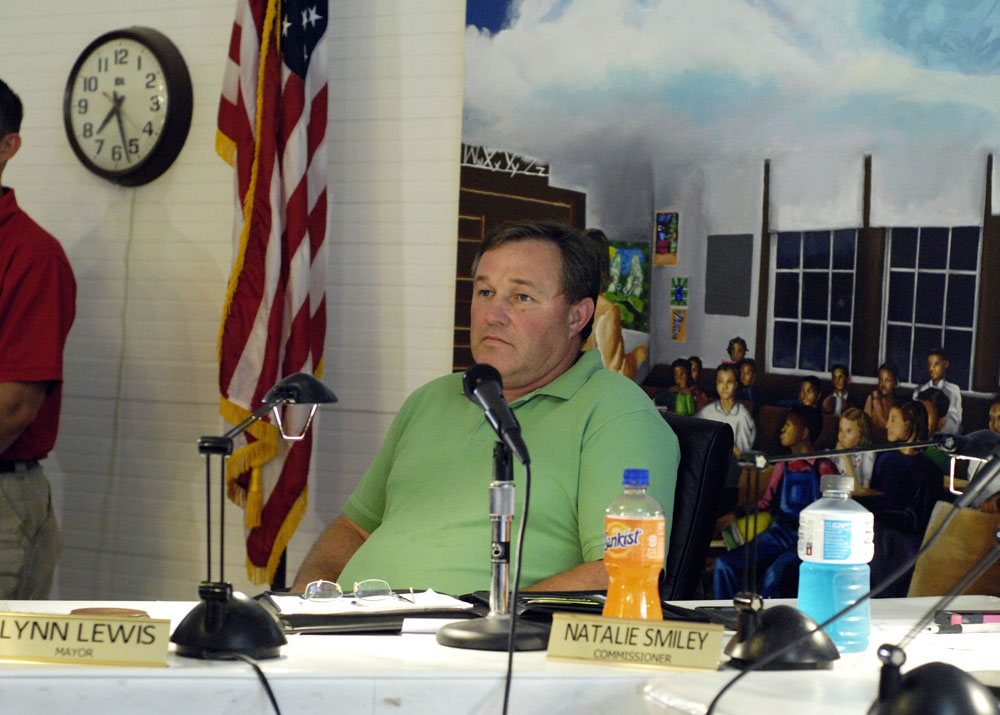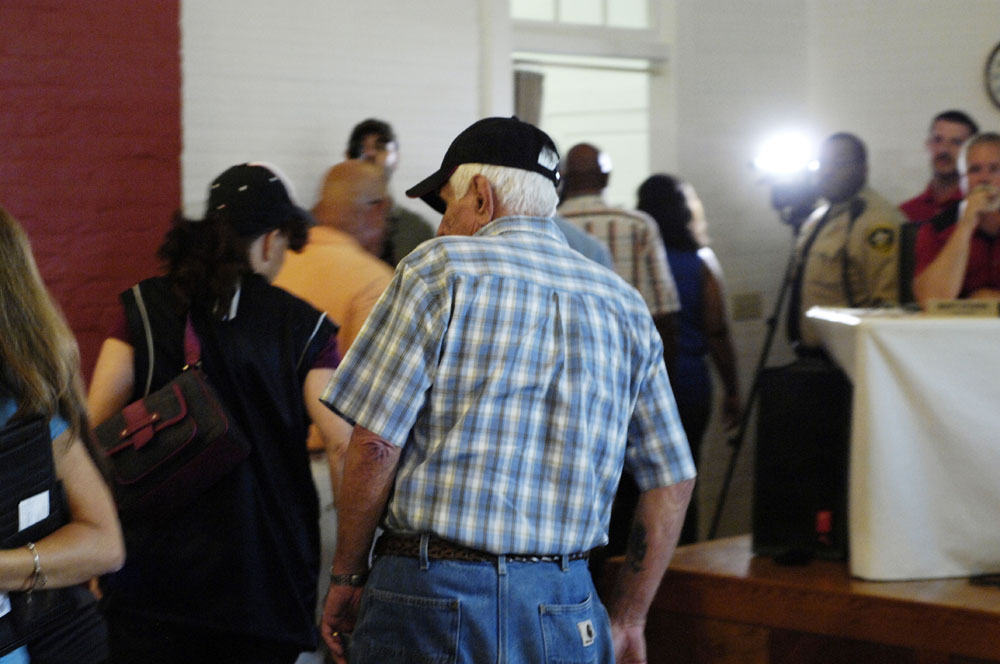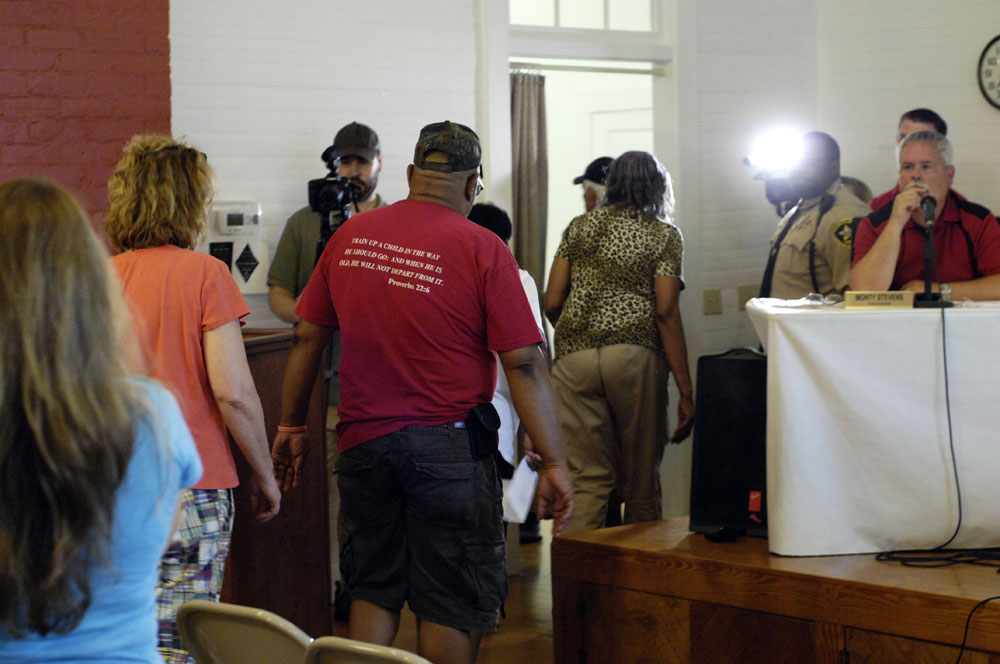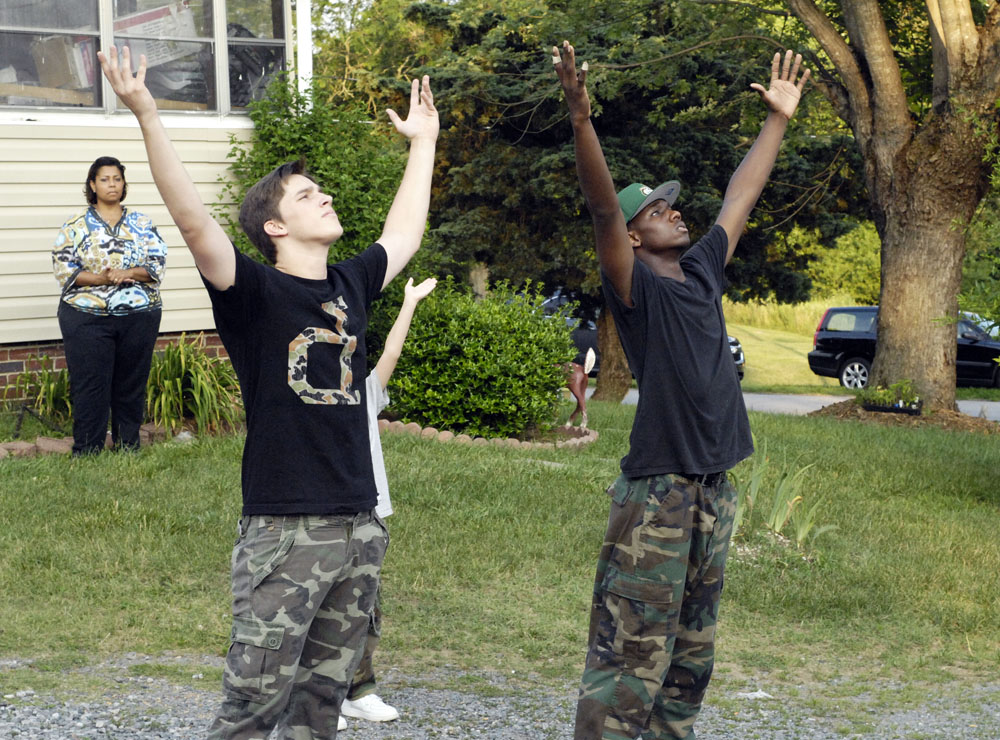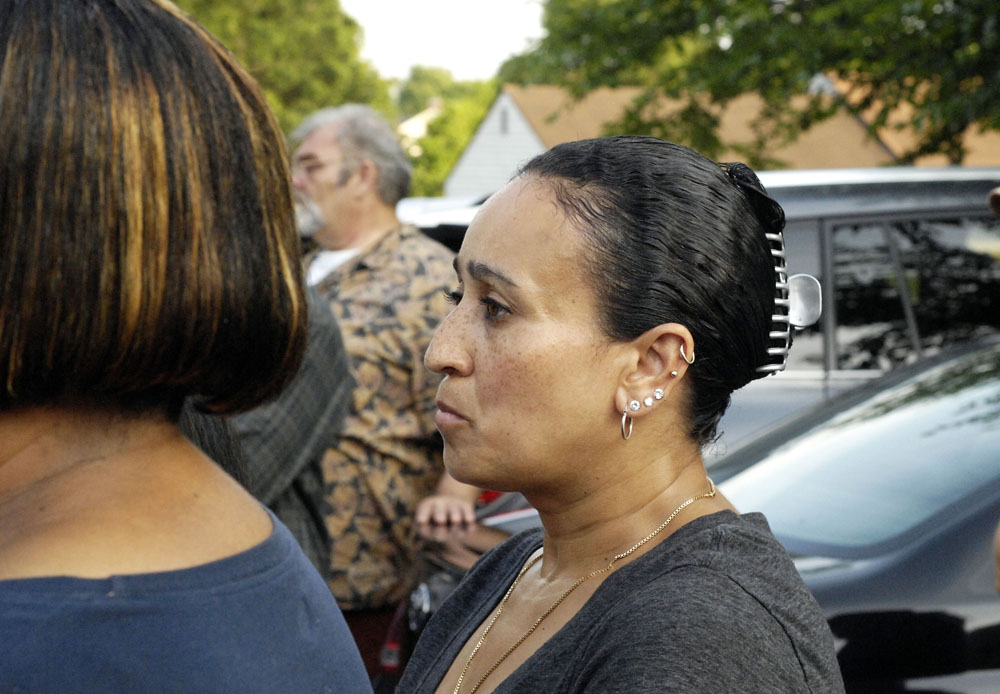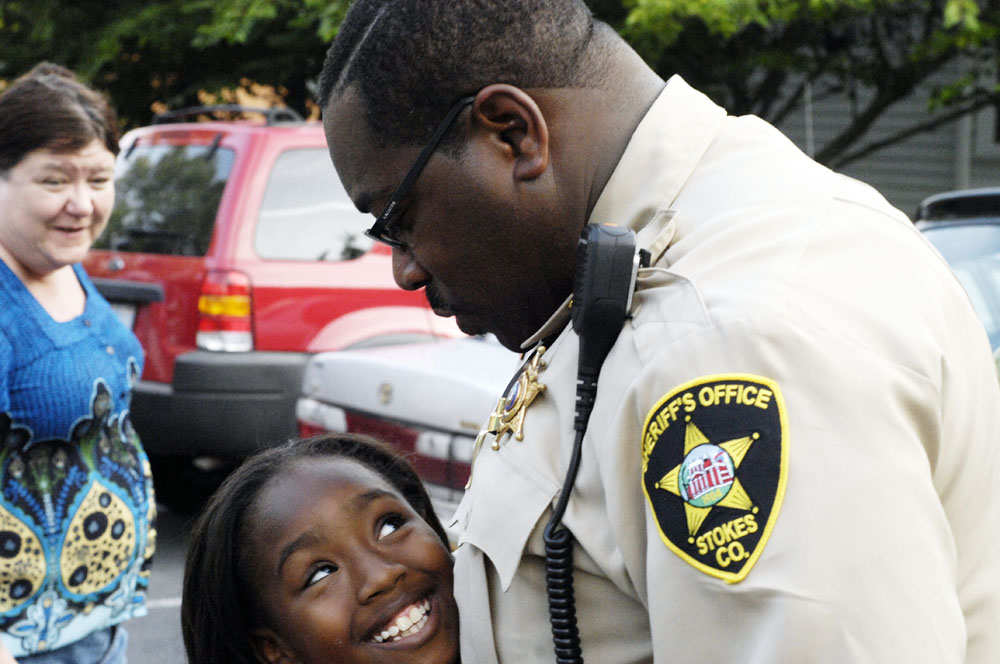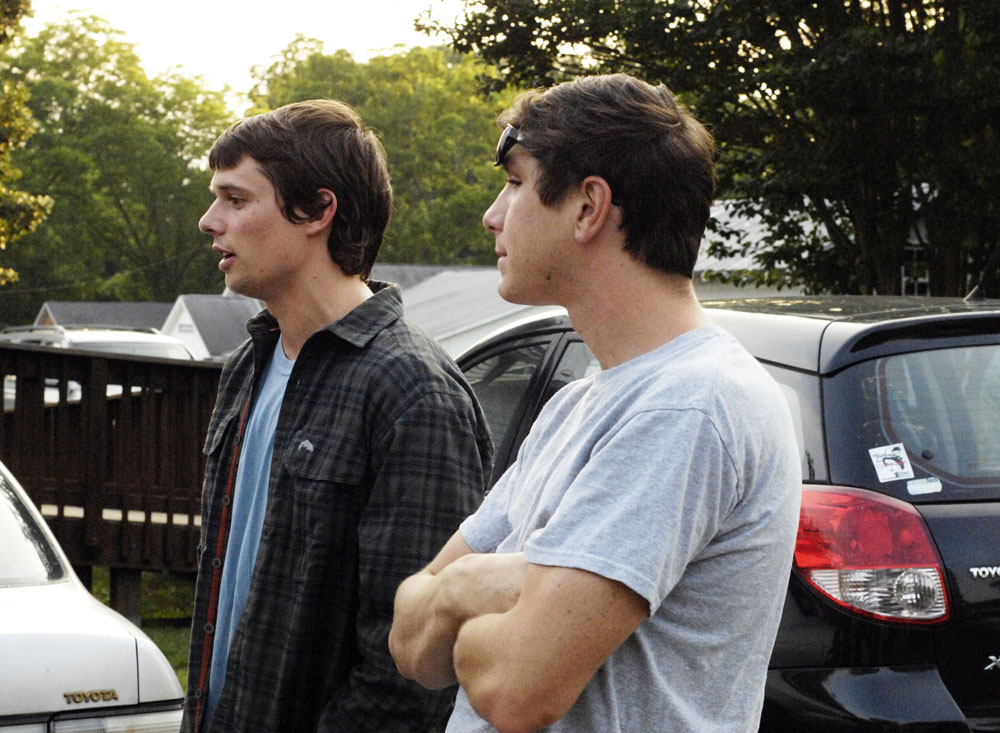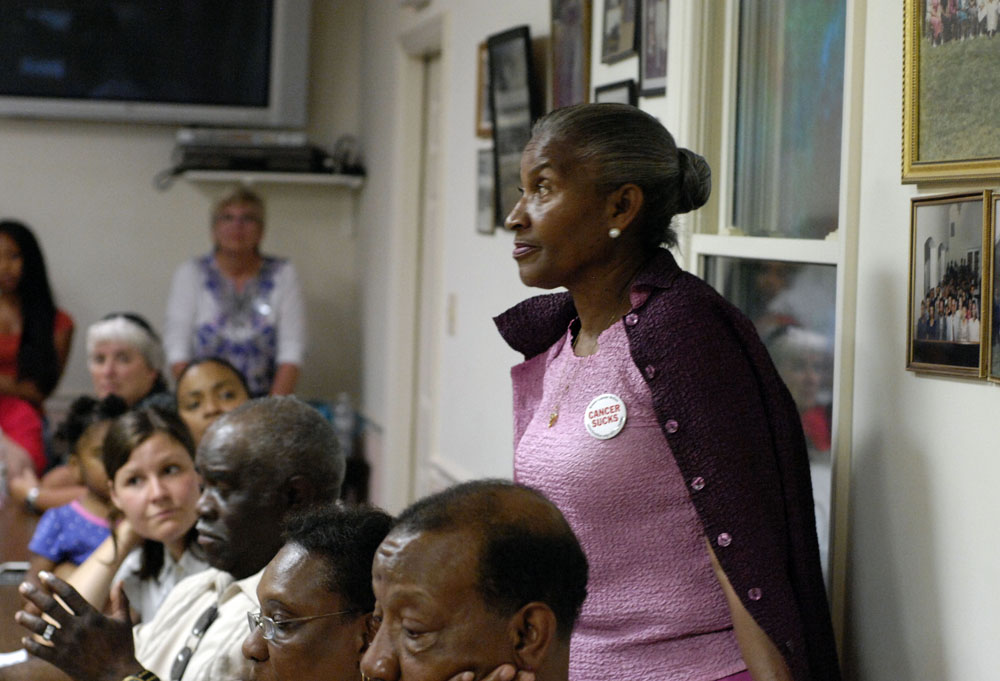
Ross Poldark and Demelza from the old 1970s series
I’m certainly not giving up on it after the first episode of the new “Poldark” was broadcast on PBS on Sunday. But I have some doubts about how well the screenwriter, the directors, and the cast really understand this story. I’m going to claim some standing to complain, because I’ve watched the old series from the 1970s many times. I’ve read nine of Winston Graham’s “Poldark” novels. I’ve even made my pilgrimage to Cornwall.
My biggest concern is that the new production is flirting with being a bodice ripper, aiming to capitalize on the success of the “Outlander” television series based on Diana Gabaldon’s books. (I’m aware that Gabaldon’s readers probably would not agree that her books are bodice rippers. I haven’t read them. But I did watch a couple of episodes of the American television production, and it sure looked like a bodice ripper show to me.)
Winston Graham was a different kind of writer. He certainly got involved in his characters’ personal lives, but romance was not really his theme. Nor are Ross Poldark’s relationships particularly romantic (though the new series is trying to make it seem so). There is never anything resembling real romance between Ross and Elizabeth. They bicker. They torment each other. But it’s not romantic. When Ross brings the young waif Demelza home as his kitchen maid, lice and all, that’s not very romantic either. One night some years later Ross gets exceptionally drunk, and …. But that, and Demelza’s confusion, are not very romantic. Nor is his marrying Demelza out of a sense of duty and responsibility very romantic — nor their struggle to make their marriage work with no social support, brutally hard times, Demelza’s temptations from the young Dr. Enys, and Ross’ going off to London after he was elected to parliament.
Graham does write very strong and complex women characters, but romance generally eludes them. The extraordinary Demelza character, whom the novels follow from the age of 13 to middle age, is a fine literary exploration of growth, complexity, and transformation. Elizabeth’s life is tragic. Verity, the embodiment of feminine modesty and virtue of that era, is too plain to be a romantic heroine, though she does find some happiness. The elderly and frail Aunt Agatha remains very much involved with life from her exile in an upstairs bedroom. Even the servant Prudie is a woman of many dimensions.
But “Poldark” is not a story driven by romance. Its themes are justice, inequality, social ossification, the rich, the poor, economic interdependence, the problem of aristocracy, the unfairness of life, the constant hope for a change of fortune. Winston Graham was a serious historian. I think that one of the questions that fascinated Graham was why France had a revolution (and nearly exterminated its aristocracy) while England did not. I think Graham’s answer to that question would have been: Because England’s aristocracy was decent enough (perhaps just decent enough) to not push the lower classes too far. There was no English equivalent of Marie Antoinette, no English version of Les Miserables.
One of the factors that makes “Game of Thrones” such extraordinary television is that the cast know their characters extremely well. I am wondering if the cast of the new Poldark have even read the books. I Googled for cast gossip in Britain (where the series has already been shown), and the gossip was pretty low-brow. If you watch the behind-the-scenes videos of the “Game of Thrones” cast, you’ll see that they love to sit around and analyze their characters. Whereas I get the impression from the new Poldark that the cast just parachute into Cornwall for a hasty shooting schedule.
I also question whether Aidan Turner knows his character very well (though it could be the director who is causing the problem). At times in the first episode, Turner’s Poldark comes across as mean or menacing, as though he struggles with a repressed demon. But Ross Poldark was not that kind of person. When Winston Graham’s Poldark was angry, it was almost always because of injustice or brushes with real wickedness (such as the wickedness of the Warleggans). The plot puts Ross Poldark’s man-of-the-Enlightenment character to every imaginable test.
Anyway, I hope I’m just being sentimental about the old series and that after a few more episodes of the new I’ll be hooked. It can take time for a cast to learn to work together. We’ll see.


